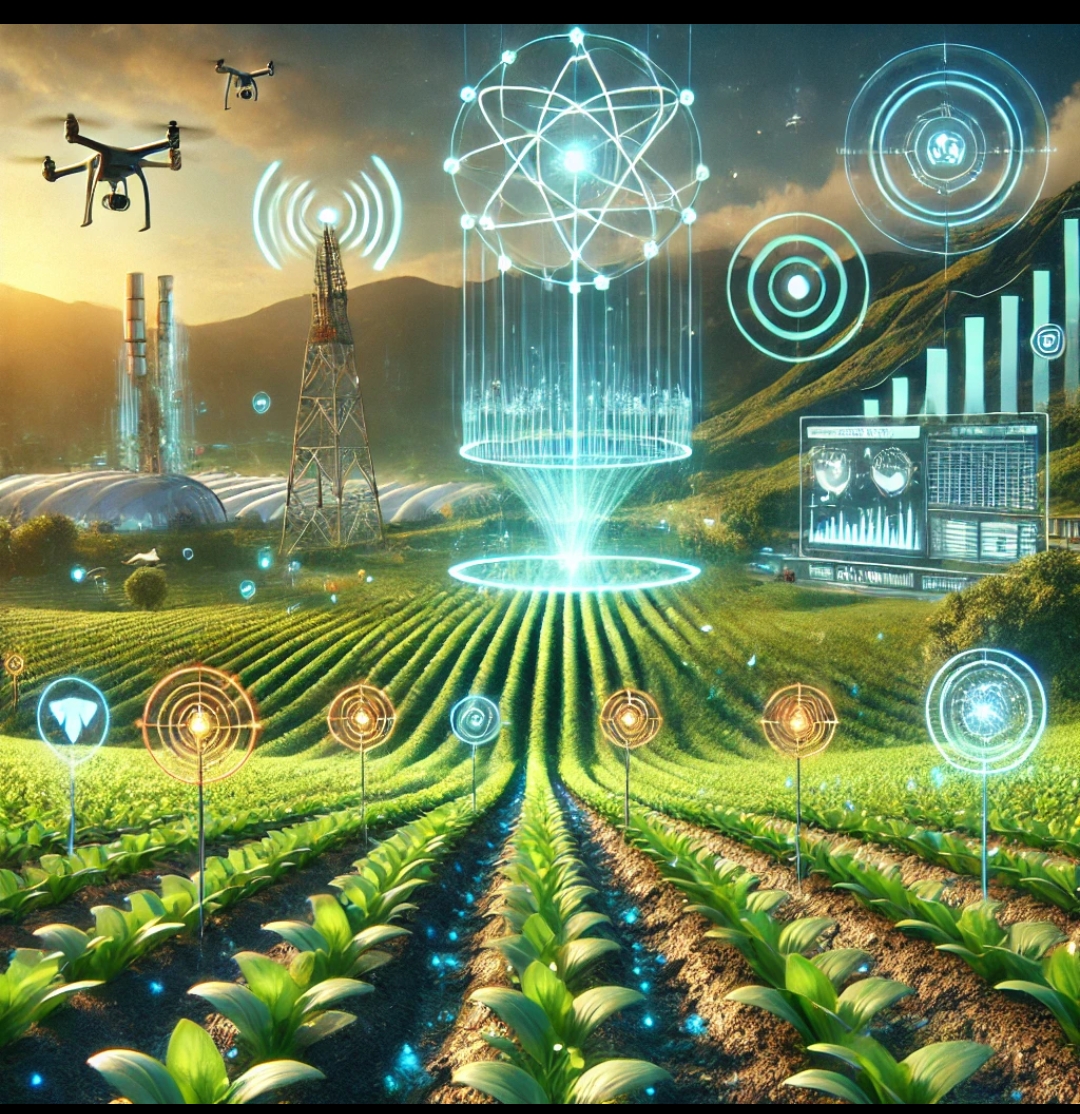‘Sustainability’ in today’s milieu has undoubtedly garnered a lot of attention. It may be the most futuristic term, but its incubation is deep-rooted in our past. With the ever-growing environmental, social, and economic changes around us, making people understand the concept, essence, and necessity of a subject like this, has become the need of the hour.
The Indian context:
From the very beginning, the Indian society based its functioning around nature, what is available locally, and the overall concept of self-reliance. The traditional Indian wisdom was always about human beings and nature sharing a harmonious and indivisible relationship. Sustainability formed the basis of basic Indian living and it was inculcated in people through a variety of beliefs, traditions, and customs thus making it an inbuilt concept rather than an adopted one. It was taken as an attitude and was about adapting one’s self to it. Ever since the Vedic times, respecting what we have (in the form of natural resources), conserving it, and giving back to nature in whichever way possible, was the norm, enabling future generations to enjoy these resources the same way as we do.
A seamless equation drawn between the circle of life and the virtual circle of sustainability has been evident in various forms of Indian art, architecture, and customs ever since, and ancient Indian architecture is a perfect example of the same. The architecture of old Indian temples based its foundation around working with nature rather than against it, thus laying the foundation of green- engineering centuries before the word ‘sustainability’ became a well-known concept. It rooted its theory in aligning human activities with nature in such a way that it posed minimum damage to the ecological system following the belief that ‘nature knows best’. Many architectural techniques and elements predominantly used in those times, even though elaborate in nature, were based on such philosophies. Some of those like Jharokhas, Roshandans, Jaalis, Courtyards, etc. continue to be a part of the Indian as well as Western design style today.
Use of local materials
Using local materials is another sustainable practice the world of design and architecture is adopting today. The ancient Indian design sensibilities swore by this practice and believed in following it for social as well as economic sustainability. Using vernacular architecture was the general norm where for construction as well as design purposes, materials and skill sets prevalent within an area were used. This not only helped in creating structures that responded to the natural, topographic and climatic needs of the area but also helped in decreasing the carbon footprint due to the elimination of transportation and creating more responsive structures which aimed at achieving maximum human comfort. Use of a variety of stones in the arid areas of Rajasthan to keep the structures cool, use of wood in the state of Kerala due to the abundance of timber in the region, or the use of mud, grass and cane in the region of Kutch, are rich examples of the same. Using traditional techniques and skill sets of the area also helped in providing economic stability along with forming the backbone of the social and cultural setup of the place.
The current trend of ‘vocal for local’ is an attempt to bring back this practice in its full glory to respond to the current call for sustainability.
Reincarnation of traditional Indian designs, techniques and philosophies
Indian design philosophies have always had a keen audience and as a result of their strong-rooted beliefs in sustainability, they are now being adopted internationally as well. The Indian designs and techniques along with being extremely skill rich and aesthetically appealing, also have an inherent quality of being adaptive and character-defining. A lot of architectural techniques, textile skill sets, product designs, and art forms have evolved over the years to respond to the needs and ever-changing trends of the design world. Not only have they come out emerging victorious with respect to functionality and aesthetics but have also turned around to be the perfect answer to the urgent need for eco-friendly design thinking. A traditional Indian jaali (lattice screen) originally made in stone, is now a commonly seen architectural and design element, being manufactured in a variety of materials and styles to suit the contemporary trends. Another interesting example is the re-invention of traditional pattals and donas – plates and bowls made using leaves of the palash tree, and terracotta cookware and crockery. The simple yet clever design of these along with their high sustainability quotient and fascinating natural properties of the materials has attracted many Indian and international start-ups, who have launched refined collections of these on popular commercial online platforms to make them available worldwide.
This growing acknowledgement of the thought through nature and simplicity of Indian design sensibilities and the reincarnated versions of the designs and techniques is setting the stage for a more responsible design response from budding designers and architects in the future.
The way forward
Our sustainable future is our responsibility. It will have to be a combination of an insight into the powerful assets of our society, trusting in them, and identifying the modern-day links that will further strengthen and compliment them, to carve a more responsible path to the future. This will further help in organically fitting the concept of sustainability in our way of life, accepting it as an attitude and a thought process rather than a taught one.














